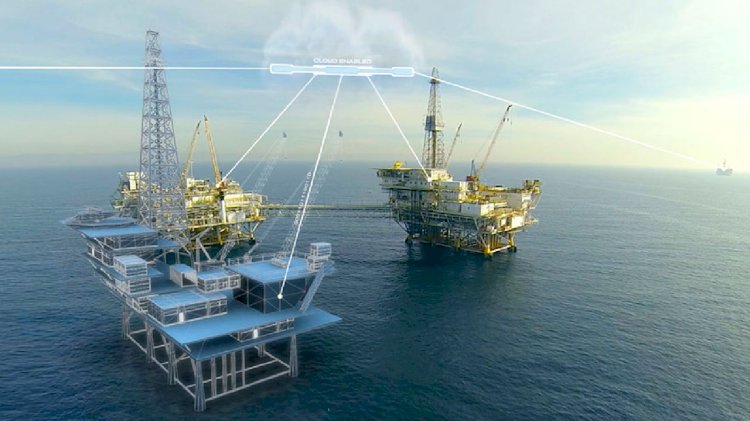DNV GL proposes the “Probabilistic Digital Twin” (PDT) to close the gap between digital twins – used increasingly by operators to manage the performance of their assets – and risk analysis still largely conducted manually before assets enter service.
A digital twin is a digital “mirror” of a physical asset, including models of its structure and dynamics which are updated through a combination of multiple data sources. They bring significant benefits for data management and decision making, providing a consistent, accurate single source of information.
Risk models are rarely brought forward into operations – they typically exist separately within engineering, operations and health and safety disciplines – and are mostly used in desk studies, based on analyzing historical data and offering only a static picture of potential risks.
In reality, risk is dynamic, varying in time with operational conditions and the condition of the asset, but this is not captured by current risk models which are seldom updated and lack real-time and prediction capabilities.
Liv A. Hovem, CEO, DNV GL – Oil & Gas said:
“A single, unscheduled downtime event can cost from $2 to $5 million per day – better and up-to-date risk information may significantly reduce unplanned or unnecessary downtime. Our proposed Probabilistic Digital Twin is designed to bring risk analysis into ‘live’ use. Their creation would add a layer of probabilistic risk modelling to existing digital twins, capturing uncertainty, the effect of new knowledge and actual conditions on operational performance and safety. By providing a more up-to-date and asset-specific risk picture, a PDT allows operators to adjust operations or take preventive actions to maintain an acceptable risk level at all times. This will enhance safety and reduce expensive downtime.”
The Probabilistic Digital Twin concept was unveiled at Offshore Europe 2019, by; Dr. Frank Børre Pedersen, Programme director Oil & Gas at DNV GL’s Group Technology and Research unit; and senior research scientist Dr. Andreas Hafver.
Frank Børre Pedersen said:
“DNV GL is prepared for a future where our clients will have digital twins of all their assets, having encouraged their use in multiple industries. Many of our clients are building and maintaining digital twins of their assets. The PDT allows us and our clients to take advantage of all the information such twins contain to improve risk assessments.
The Probabilistic Digital Twin is not an alternative, but an evolution of the digital twin – expanding it into the risk analysis space. It is a new way of delivering risk analysis – continuously and in a digital format, adding more value in day-to-day decision making.”

A PDT may include reliability and degradation models to predict the remaining lifetime of mechanical components. However, it is more than a predictive maintenance tool. Risk is not only about component failures, but also about exposure to hazards and how the asset is operated. A PDT can say something about the overall impact on safety, by combining reliability models with models of the hazard exposure and the consequences if something goes wrong.
The main elements which distinguish a probabilistic digital twin from traditional digital twins are:
• Probabilistic degradation and failure models, reflecting uncertainty and variability of conditions and processes that affect performance and lead to failures.
• Logic and relational models, relating performance variables to failures and loss events.
• Surrogate models, approximating heavier simulation models, allowing fast queries and enabling propagation of uncertainty and model coupling.
DNV GL’s PDT is detailed in a positioning paper which demonstrates the combination of process models with quantitative risk models and structural reliability models – three disciplines that have traditionally been separate – allowing more efficient safety management and creating additional value for the industry.



